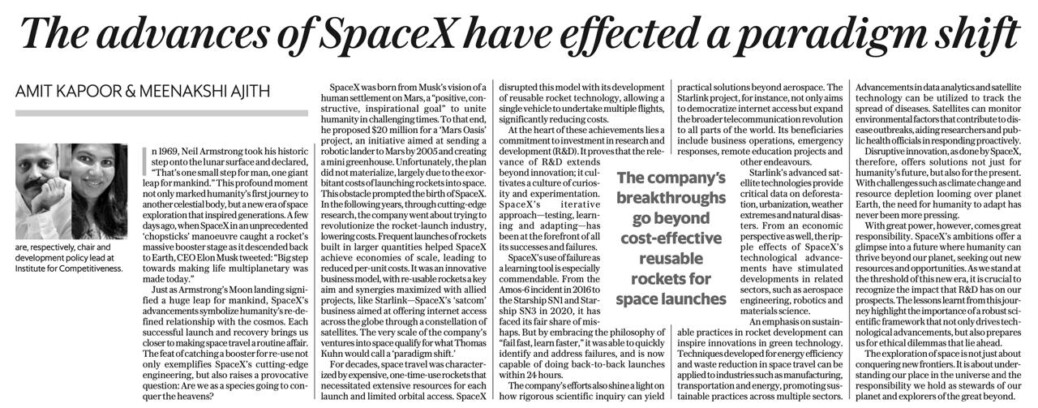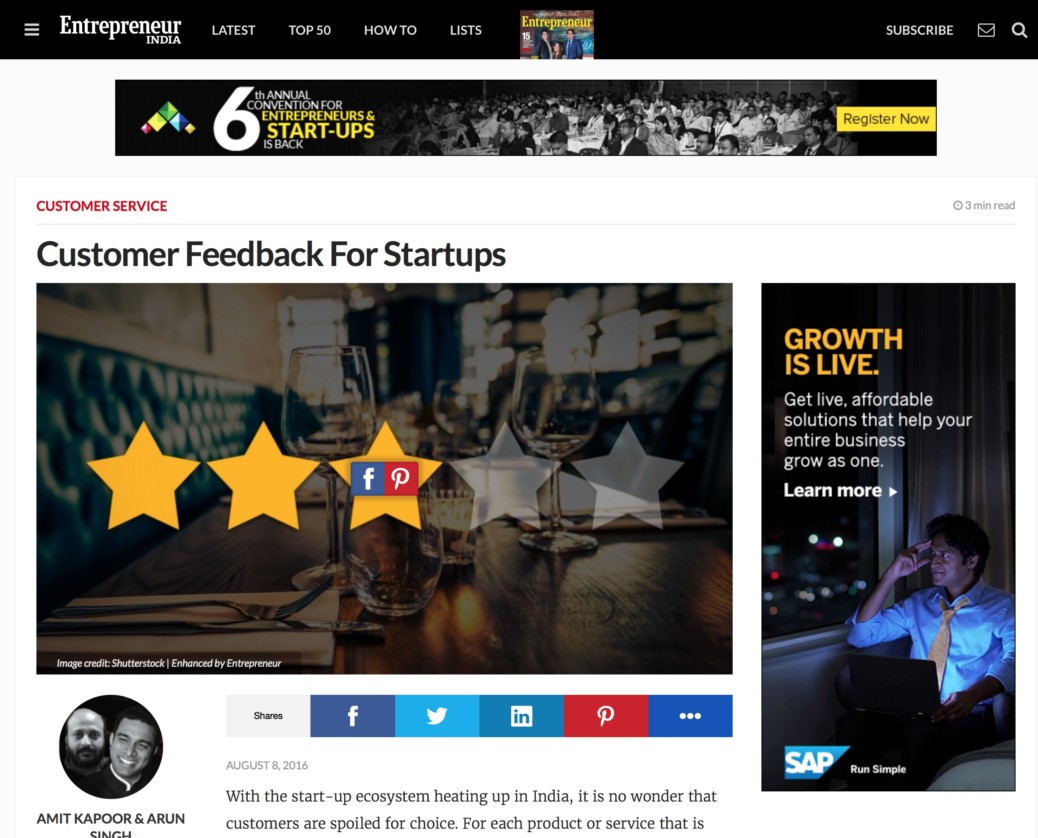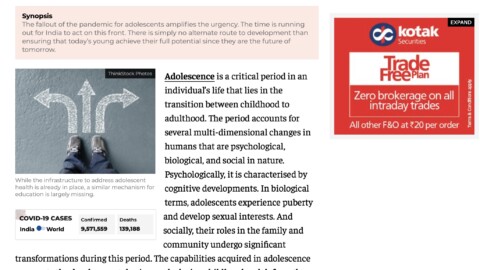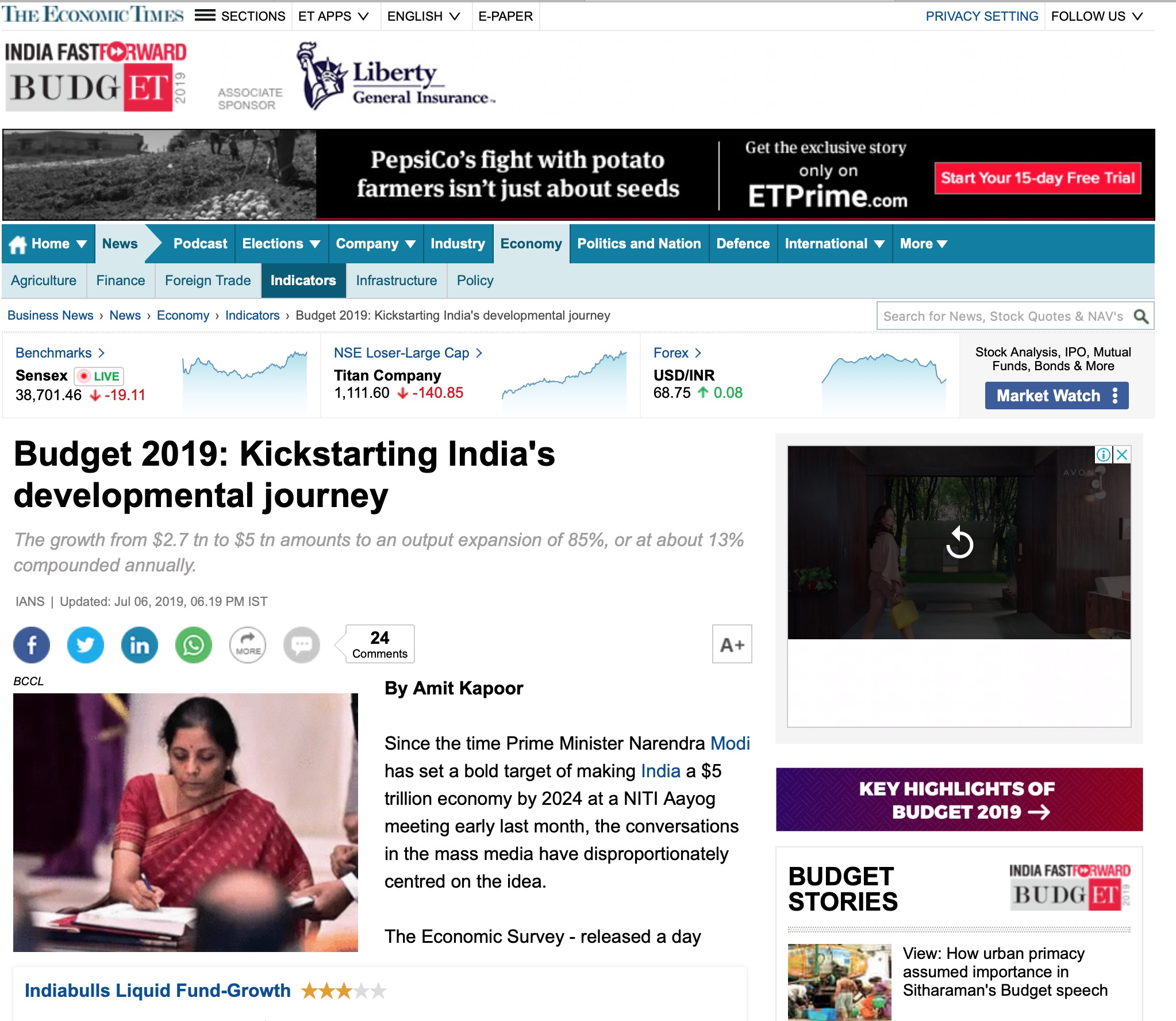SpaceX: Innovating Our Future Through R&D
In 1969, Neil Armstrong took his historic step onto the lunar surface and declared, “That’s one small step for man, one giant leap for mankind.” This profound moment not only marked humanity’s first journey to another celestial body but a new era of space exploration that inspired generations. A few days ago, when SpaceX in an unprecedented ‘chopsticks’ manoeuvre caught the rocket’s massive booster stage as it descended back to Earth, CEO Elon Musk tweeted—”Big step towards making life multiplanetary was made today,” Just as Armstrong’s moon landing signified a monumental leap for mankind, SpaceX’s advancements symbolize humanity’s redefined relationship with the cosmos. Each successful launch and recovery bring us closer to making intergalactic space travel a routine affair, challenging the very limits of what we once deemed possible. This innovative feat not only exemplifies SpaceX’s cutting-edge engineering but also raises a provocative question: Are we as a species going to conquer the heavens?
SpaceX was born from a vision for human settlement in Mars that could serve as a “positive, constructive, inspirational goal” to unite humanity in challenging times, to which Mr. Musk proposed $20 million for the “Mars Oasis” project. This initiative aimed to send a robotic lander to Mars by 2005, featuring a mini greenhouse. Unfortunately, the plan did not materialize, largely due to the exorbitant costs of launching rockets into orbit. This obstacle prompted the birth of SpaceX. In the years to come, the company, through cutting-edge research tapped opportunities to revolutionize the rocket launch industry and create a viable path to space. By increasing the frequency of launches and producing rockets in larger quantities, SpaceX has been able to achieve economies of scale, leading to reduced per-unit costs. They inspired global innovation by disrupting the industry through new business models, historic engineering feats and innovative projects like Starlink for Global internet access which has had far reaching implications for human development and progress. The length, breadth and depth of this achievement exemplifies nothing short of what Thomas Kuhn would call a “paradigm shift’. For decades, space travel was characterized by expensive, one-time-use rockets that limited access to orbit and necessitated extensive resources for each launch. SpaceX disrupted this model with its development of reusable rocket technology, allowing for multiple flights from a single vehicle, significantly reducing costs and increasing launch frequency.
At the heart of these groundbreaking achievements lies a steadfast commitment to investment in research and development. It proves that the relevance of R&D extends beyond innovation; it cultivates a culture of curiosity and experimentation. SpaceX’s iterative approach—testing, learning, and adapting—has been at the forefront of all its successes and failures. Research is a continuous process, and SpaceX has demonstrated the strength of consistency and its usage of failure as a learning tool. From the AMOS-6 failure incident in 2016 to the Starship SN1 and Starship SN3 in 2020, the company has faced its fair share of mishaps. But by embracing the philosophy of “fail fast, learn faster” approach to rocket design SpaceX was able to quickly identify and address failures and is now capable of doing back-to-back launches within 24 hours. This iterative process not only accelerates innovation , showcasing the benefits of a robust research and development framework that underpins success in an industry.
The efforts also shine a light on how rigorous scientific inquiry can yield practical solutions that extend beyond aerospace, impacting various industries and inspiring new technologies. The Starlink project of SpaceX for instance not only aims to democratize global internet access but also leverages satellite technology to facilitate real-time communication and data transfer. This innovation has implications for global business operations, emergency response, and remote education, illustrating the intersection of science and technology in everyday life. Additionally, the advanced Satellite technologies allow for enhanced monitoring of climate-related challenges, providing critical data on deforestation, urbanization, weather extremes and natural disasters, which is vital to tackle the ongoing planetary crises. From an economic perspective as well, the ripple effects of SpaceX’s technological advancements have stimulated related sectors, such as aerospace engineering, robotics, and materials science, enhancing overall economic resilience. For example, the emphasis on sustainable practices in rocket development can inspire innovations in green technology. Techniques developed for energy efficiency and waste reduction in space travel can be applied to industries such as manufacturing, transportation, and energy, promoting sustainable practices across the board. The advancements in data analytics and satellite technology can be utilized to track the spread of diseases. Satellites can monitor environmental factors that contribute to disease outbreaks, aiding researchers and public health officials in responding proactively.
Disruptive innovation as done by SpaceX therefore offers solutions not just for humanity’s future but also for the present—equally important for the longevity of our species. It answers the question of both existence and survival. With challenges such as climate change and resource depletion looming on Earth, the need for humanity to evolve and adapt has never been more pressing. With great power however comes great responsibility. SpaceX’s missions offer a glimpse into a future where humanity can thrive beyond our planet, seeking out new resources and opportunities. As we stand at the threshold of this new era, it is crucial to recognize the profound impact that R&D has on our future. The lessons learned from this journey highlight the importance of a robust scientific framework that not only drives technological advancements but also prepares us for the ethical dilemmas that lie ahead. The exploration of space is not just about conquering new frontiers; it is about understanding our place in the universe and the responsibilities we hold as stewards of our planet and beyond.
The article was published with Mint on October 22, 2024.
























